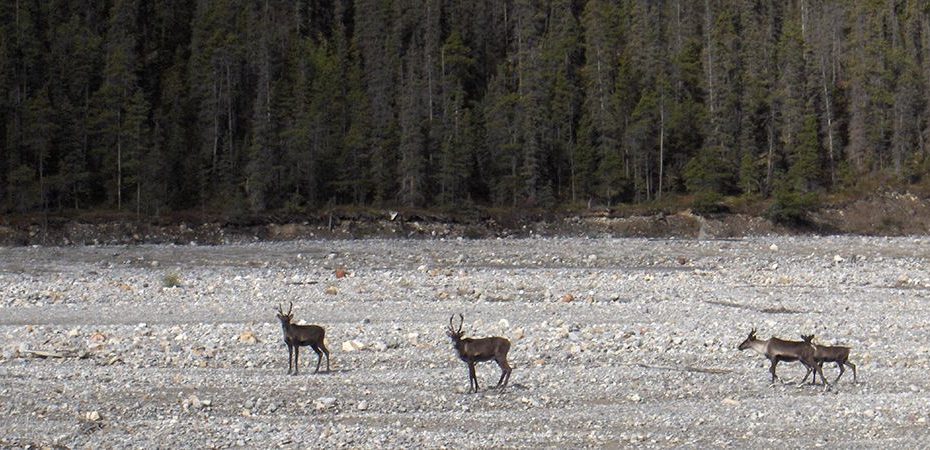Ontario Nature has previously documented and advocated against the extensive changes to the Endangered Species Act (the Act) and its impact on Ontario’s most vulnerable species, and has asked members and supporters to sign now completed Action Alerts.
It can be difficult to keep track of all these regulatory changes that weaken protections for species at risk and threaten Ontario’s biodiversity. Meanwhile, the status of many of Ontario’s species at risk continue to decline.
The preamble to the Act recognizes that present generations should protect species at risk for future generations. The stated purposes of the Act include identifying species at risk based on the best available science, and protecting species at risk and their habitat, while promoting their recovery. The government must undo the legislative changes that go against the purposes of the Act and restore an effective, science-based regulatory regime for the protection of species at risk.
Boreal caribou © Eryne CC BY-NC-SA 2.0
The following infographic outlines the changes to the Act, its regulations and implementation effectiveness since 2019. It does not include additional proposed regulatory changes for which no decision has been made yet (ERO 019-8016, see Ontario Nature’s joint submission, or ERO 019-6141, which would remove Conservation Authorities ability to advise on legislation such as the Act. The infographic also highlights a practical example of ineffective implementation associated with a listed species, in this case black ash. Other listed species have been similarly impacted through downlisting, exemptions on habitat protections and weakened Ministry oversight.
Endangered Species Act downgrade infographic
We have already started to witness multiple species at risk suffer from these regulatory changes – including American ginseng, a highly endangered plant that was downlisted to threatened despite the science and multiple experts refuting such a change. Other species face the prospect of their habitat being destroyed through “pay to slay” (i.e. Species at Risk Conservation Fund), such as the barn swallow, Blanding’s turtle, bobolink and eastern meadowlark, butternut and eastern whip-poor-will. The weakening of the Act is most evident with the regulations exempting black ash from Section 9 protections under the Act and the associated Technical Guide described in the infographic. Finally, the current membership of the Committee on the Status of Species at Risk in Ontario is dominated by consultants raising questions of its independence as required by the Act.
Cumulatively, these changes will only exacerbate the biodiversity crisis. Protecting species at risk is vital for healthy and diverse ecosystems, upon which we all depend. Act now to urge the government to reverse course and make it clear that protecting species at risk is not red tape.
Resources
Authors
Kellsie Bonnyman is the Municipal Protected Places Assistant at Ontario Nature
Tony Morris is the Conservation Policy and Campaigns Director at Ontario Nature
The post Restoring Ontario’s Endangered Species Act appeared first on Ontario Nature.
